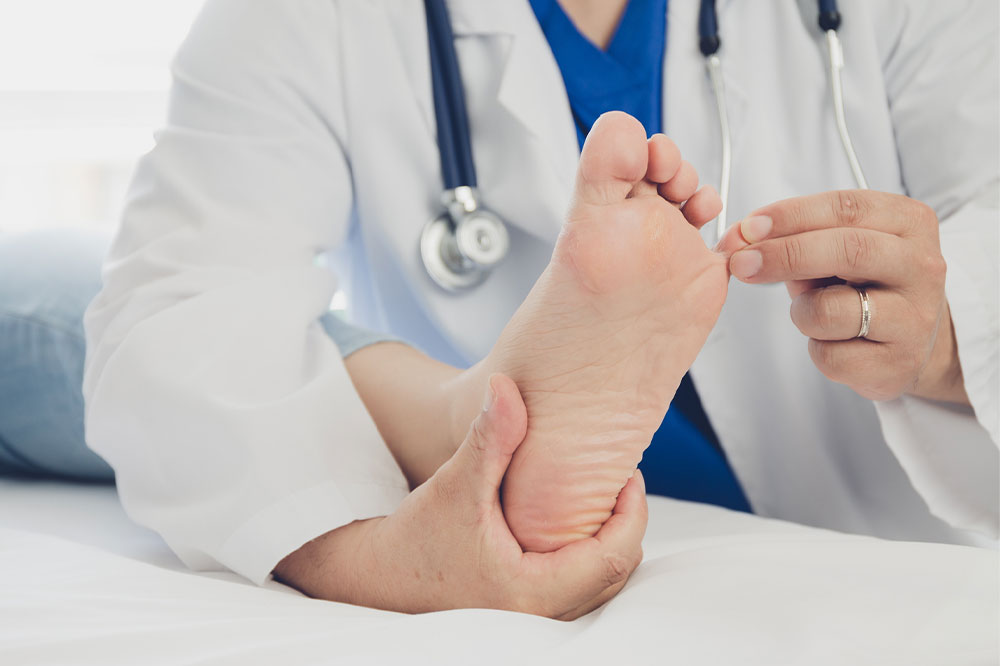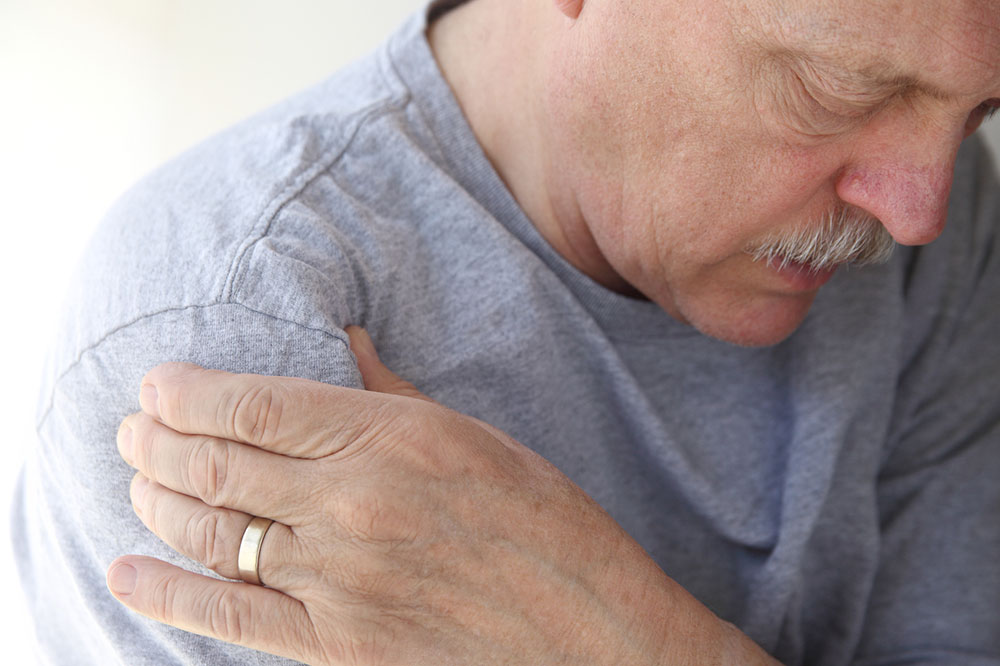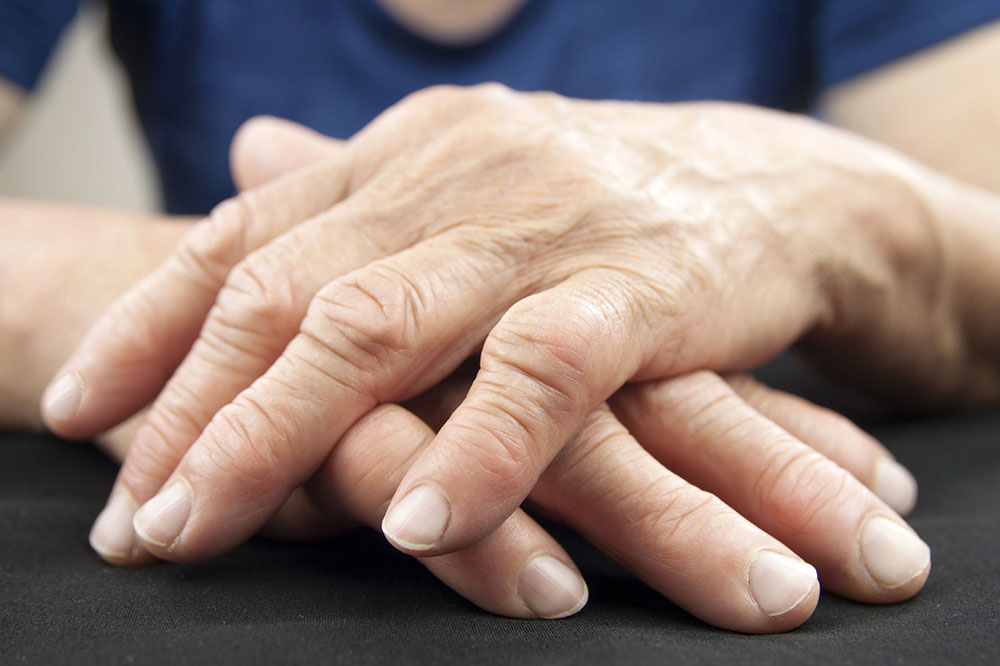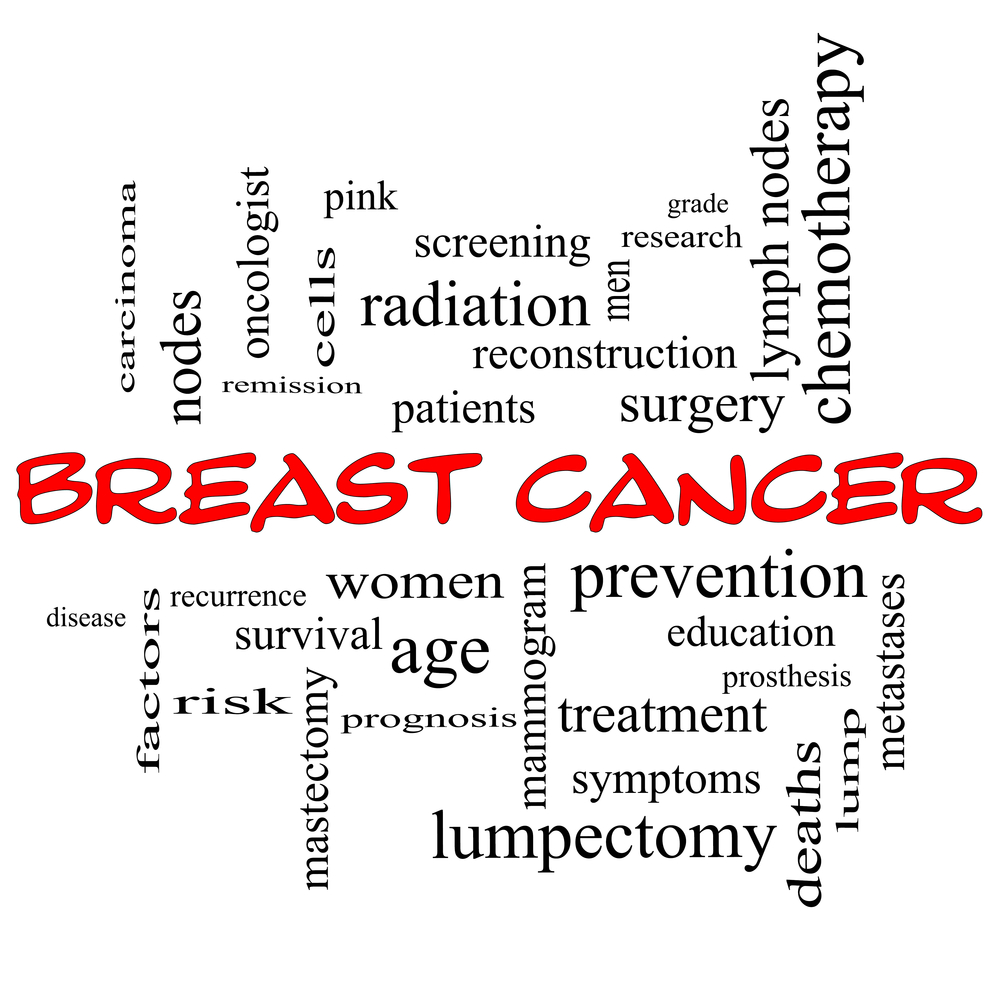A Comprehensive Guide to Breast Health and Rheumatoid Arthritis: Causes, Symptoms, and Treatments
This comprehensive article explores breast cancer and rheumatoid arthritis, detailing their causes, symptoms, and latest treatment options. It provides insights into risk factors and emphasizes the importance of early detection for better health outcomes. Learn how modern therapies are transforming patient care and improving quality of life for those affected by these conditions.

In-Depth Understanding of Breast Diseases and Autoimmune Conditions
Understanding Breast Cancer: Facts, Risks, and Advances

Breast cancer is a complex disease characterized by the uncontrolled growth of abnormal cells within the breast tissue. These malignant cells can form lumps or tumors that may invade nearby tissues or metastasize to other parts of the body via the bloodstream or lymphatic system. Early detection is vital for improving treatment success rates and survival outcomes.
Typically, breast cancer originates in the milk ducts (ductal carcinoma) or milk-producing glands (lobular carcinoma). Less common forms can involve other tissues such as the skin or underlying muscles. Globally, breast cancer remains the most diagnosed cancer among women, with rising incidence rates in many regions due to lifestyle and demographic changes.
While not all breast lumps are cancerous, timely identification and diagnosis are crucial. Benign tumors, such as fibroadenomas, are non-invasive and pose fewer health risks. However, malignant tumors require prompt medical intervention to prevent metastasis and preserve health.
Primary Causes and Risk Factors for Breast Cancer:
Age: The risk escalates with advancing age, especially after menopause.
Reproductive History: Delayed childbirth and nulliparity (never having children) increase risk.
Genetics: Family history of breast cancer or genetic mutations (BRCA1, BRCA2).
Radiation Exposure: Prior radiation therapy to the chest elevates susceptibility.
Hormonal Factors: Long-term use of hormone replacement therapy or oral contraceptives.
Lifestyle: High alcohol intake, obesity, and high sugar diets are associated with increased risk, especially in postmenopausal women.
Recognizing Symptoms of Breast Cancer:
Persistent lumps or thickening in the breast tissue
Unexplained skin changes, redness, or dimpling
Persistent pain in the breast area
Current Treatment Modalities:
Modern breast cancer treatment is multidisciplinary, involving surgery, chemotherapy, radiotherapy, hormone therapy, and targeted therapies. Surgical options include lumpectomy and mastectomy, often combined with reconstructive procedures to restore breast aesthetics. Advances in targeted therapy have increased survival rates by focusing on specific cancer cell markers with fewer side effects.
Understanding Rheumatoid Arthritis: Causes, Symptoms, and Management
Rheumatoid arthritis (RA) is a chronic autoimmune disorder, primarily affecting joints but capable of impacting multiple organ systems, including the eyes, lungs, heart, and blood vessels. Unlike osteoarthritis, which results from joint wear and tear, RA involves immune system malfunctions where the body's defenses mistakenly attack joint linings (synovium), leading to inflammation, pain, deformities, and potential disability.
The disease can develop at any age but frequently begins in middle age and is more common among women. Its unpredictable course varies from mild to severe, requiring personalized treatment strategies to manage symptoms and slow progression.
Root Causes and Risk Factors for Rheumatoid Arthritis:
The precise etiology of RA remains unclear. However, it is believed to involve a combination of genetic predispositions, environmental triggers, and immune system irregularities. Key risk factors include:
Genetics: A family history of autoimmune diseases increases susceptibility.
Gender: Women are more prone than men, possibly due to hormonal influences.
Environmental Factors: Smoking, pollution, and occupational exposures can contribute.
Obesity: Excess weight adds stress to joints and may influence immune activity.
Infections: Certain viral or bacterial infections may trigger immune responses leading to RA.
Recognizing Symptoms of RA:
Swelling, warmth, and tenderness of affected joints, including the fingers, wrists, elbows, hips, knees, and shoulders
Persistent joint stiffness, particularly in the mornings or after periods of inactivity
Muscle pain, fatigue, weight loss, and general malaise
Formation of skin bumps (rheumatoid nodules), especially on the forearms and back of the head
Potential cardiovascular and pulmonary symptoms such as chest pain and shortness of breath
Eye issues like dryness, inflammation, or cataracts
Management and Treatment Strategies:
Effective RA management involves a combination of medications, lifestyle changes, and supportive therapies. Non-steroidal anti-inflammatory drugs (NSAIDs) help reduce pain and swelling, while Disease-Modifying Anti-Rheumatic Drugs (DMARDs) slow disease progression and prevent joint destruction. Biologic agents targeting specific immune pathways have revolutionized treatment outcomes.
Additionally, physical therapy, regular exercise, and occupational therapy enhance joint function and quality of life. Severe cases may require surgical interventions such as joint replacement surgeries to restore mobility. Early diagnosis and a comprehensive treatment plan are essential to prevent irreversible joint damage and improve long-term prognosis.





